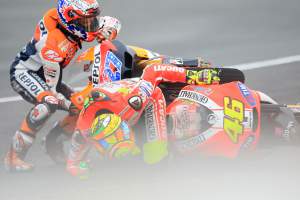“This is the question that a lot of people ask, but the championship is wide open,” Fabio Quartararo said when quizzed on who he saw as his main rival for the second half of the MotoGP season.
It is the exact answer you’d come to expect from a rider as humble and polite as Quartararo, and it is a fairly unimpeachable response in spirit.
But though it’s clear to see why Quartararo would want to describe the 2021 title race as “wide open”, should anyone else see it as such?
Pure, uncut mathematics will tell you that, yes, there is still a basically infinite array of eventualities in which Quartararo loses the 2021 title, even if he stays healthy. There are 10 more races scheduled as it stands, with 250 points available – which means, in theory, a rider could join the championship now and still win it.
Quartararo’s 34-point gap over nearest rival Johann Zarco would be undone, with room to spare, by Zarco gaining an average of four points per race over his compatriot, which is the difference between second and third place in a given race.
And if Quartararo were to, say, crash in the very first Austria race and Zarco were to win it, we’re immediately talking about a gap in the single digits.
So, is a post-summer break twist in the title race plausible? Absolutely. It clearly can happen.
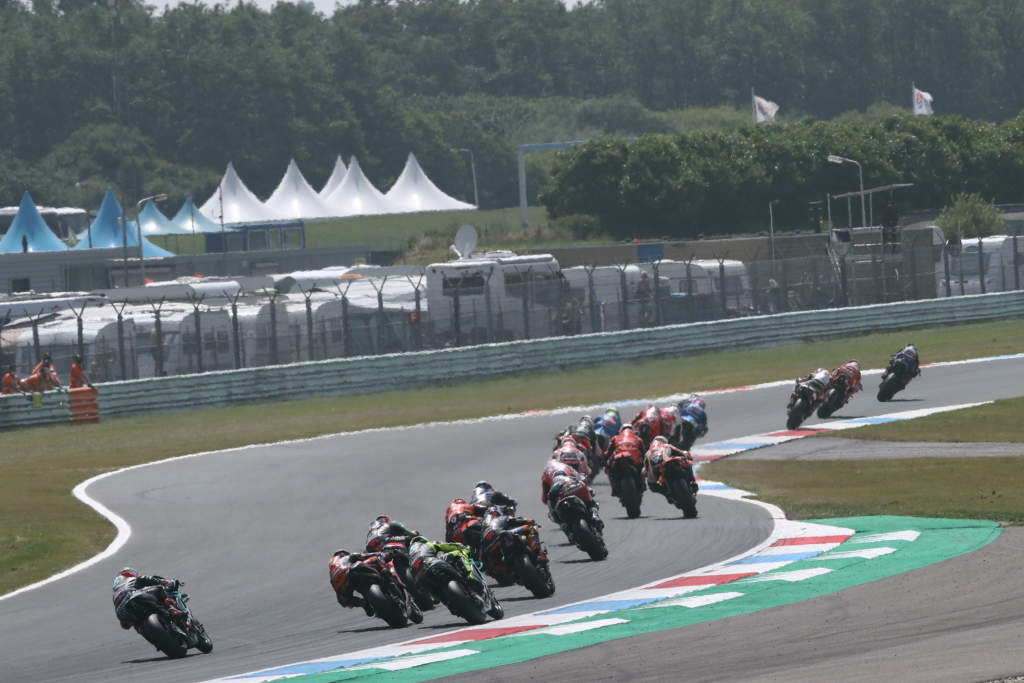
But it almost never does.
Every premier-class season this century so far has packed in a summer break of two weekends or more off around July or August. In all but one case, this came either around the halfway point of the campaign, or at most a couple of races past it.
The sole exception is the COVID-reshuffled 2020 season, which had to start late in the summer and therefore had a mini-break after just five races of 14.
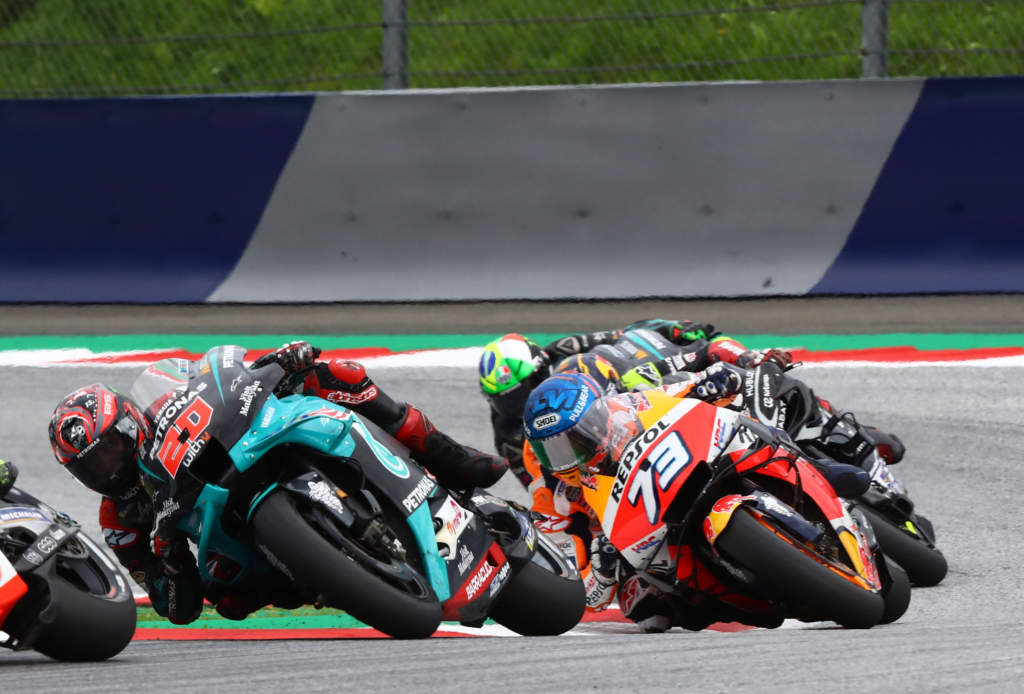
You can either count that as a proper summer break or not. Depending on whether you do, if you use 1999 as a handy starting point – as the year where 500cc expanded to a 16-race calendar with a summer break – you’ll find either just one or just two instances of the ‘summer champion’ not going on to win that year’s title.
Let’s get the outlier example of the condensed 2020 out of the way first. Quartararo was three points clear after five races last year, but ended up nowhere near the title after the full 14. Given the post-break ‘half’ of the season was nearly twice as big as the pre-break stretch, it’s more than a little deceptive.
But otherwise, the lack of post-summer turnarounds is pretty remarkable. It’s even more so if you consider than many of the 1990s seasons also had something resembling the current model of a MotoGP summer break at various points, and yet you’d still have to go back to a prior decade to find another example of the ‘summer champion’ being dethroned.
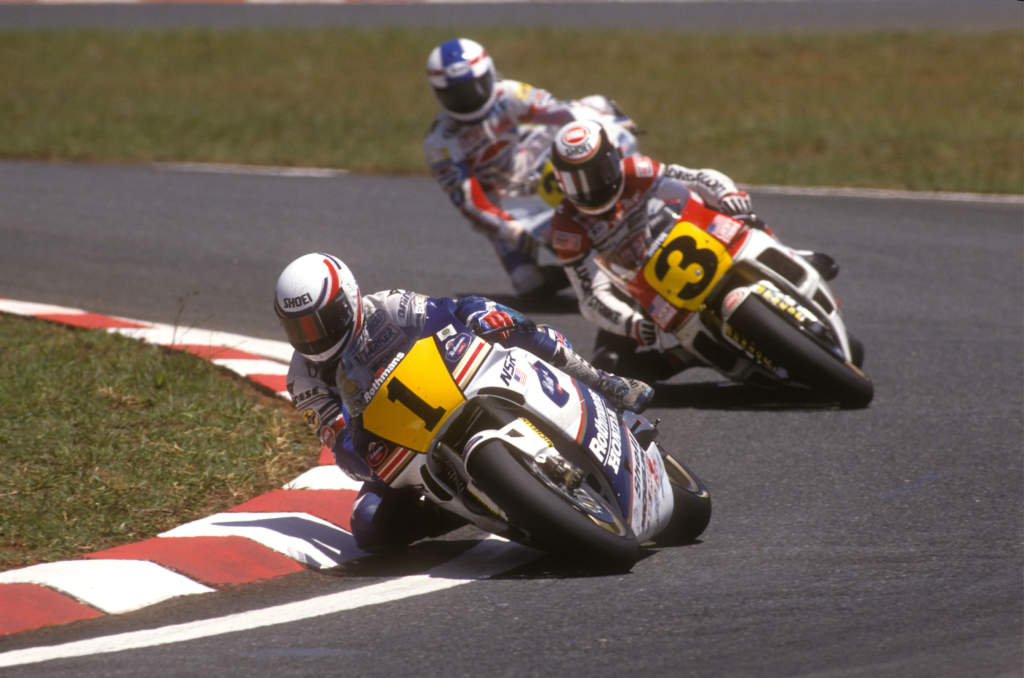
The example in question is 1989, when Wayne Rainey held a narrow lead over eventual champion Eddie Lawson after 10 races, but lost out to Lawson in each of the four remaining rounds, including a pivotal Anderstorp high-side while chasing after Lawson for the lead.
But back to our sample of 1999 onwards, excluding 2020. In this time, MotoGP’s ‘summer champions’ have held an average lead of 41 points – a race win and a third place. Quartararo is batting slightly below that, but his 34-point cushion is still significant.
No summer break leader in this time has given up as many as 34 points of their lead in the second half of the year. Only the late Nicky Hayden came anywhere near such a figure, going from a 34-point buffer of his own over Dani Pedrosa after 11 races in 2006 to retaining just a five-point advantage over new nearest rival Valentino Rossi after the six final races.
It was, of course, a lot more dramatic than even that swing suggests. Hayden struggled for results after the season resumed, allowing Rossi to come from over 50 points back and claim the championship lead when Hayden was taken down by Pedrosa botching an overtake attempt and tucking the front at Estoril. But Rossi then fell in the Valencia finale, allowing Hayden to triumph after all.
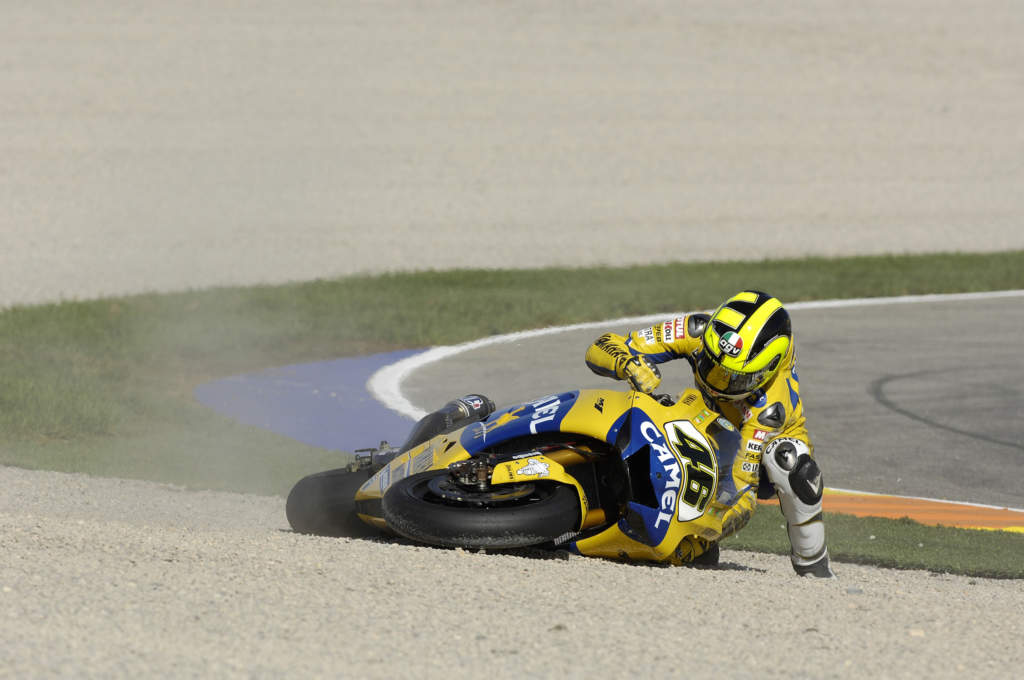
And (beyond 2020) it was, of course, Rossi himself who stands alone in not managing to convert a recent summer lead into a championship – although he still sees the 2015 title as rightfully his.
The seven-time MotoGP champion was 13 points ahead of team-mate Jorge Lorenzo coming into that summer, and briefly stretched that lead further, only for his title aspirations to be brought down by the infamous Marc Marquez collision at Sepang and the resulting pitlane start in the Valencia finale.
That title could’ve easily been Rossi’s. Equally though, the 2015 season is one of just four instances in the modern MotoGP era of the championship race going down to the final round, and in any of the other three cases it’s easy to envision the ‘summer champion’ being dethroned.
That would not have changed the overall picture, which is that MotoGP has been a series defined by domination. It has transitioned from the Rossi era to the Marquez era with interludes by Casey Stoner and Lorenzo, all dominant riders at their peaks.
Since 1999, the premier-class ‘summer champion’ has usually been that season’s obvious benchmark rider. It stands to reason they would lead at the halfway point of the season – and it stands to reason their advantage would only increase afterwards. Which it usually did – on average, by 30.5 points.
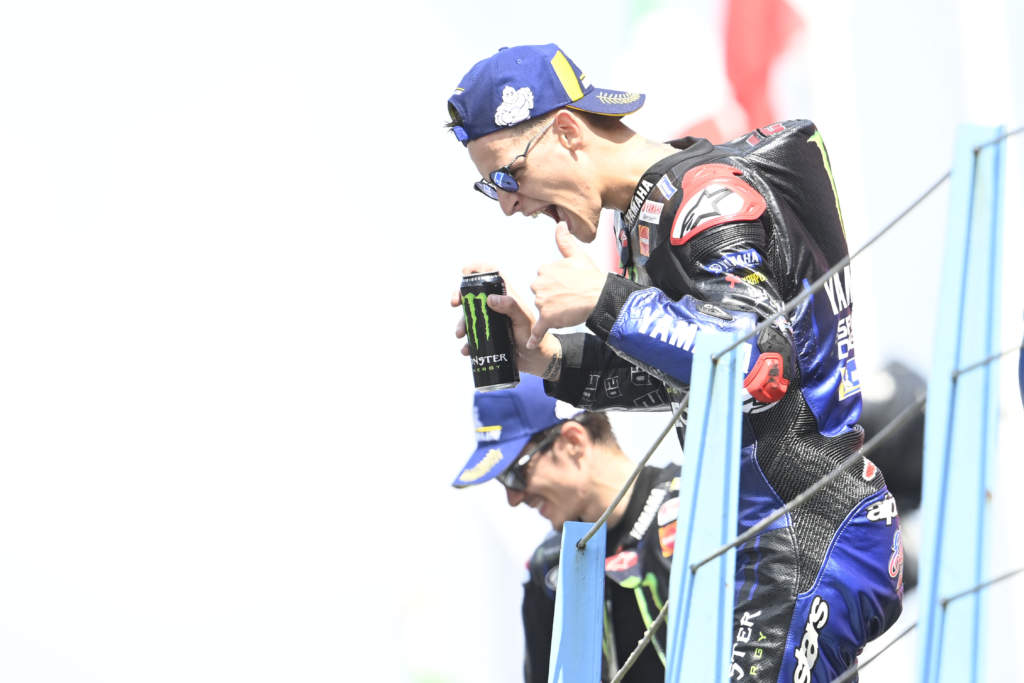
And when it comes to 2021, there is no argument whatsoever about the benchmark rider – it has so clearly been Quartararo.
“It’s one of the best moments in my career,” he admitted after Assen.
“I mean, in Jerez, it was not our moment, with the arm pump. Then in Barcelona with the leather [opening up].
“But if you take out these two races, where we didn’t have luck – Jerez was not about luck, it was more a physical issue – we are just having a perfect moment.
“And with the team we are so calm. Even in Sachsenring the bike was not working so well, and we finished third. Means we are already on the top, and just want to keep going on that way.”
Quartararo’s average points haul per race is on the low side for the summer break leader. From 1999 onwards – and again excluding 2020 with its small sample size of races – his 17.3 only beats out Kenny Roberts Jr in 2000 and Marquez in 2017. Both of those riders would only increase their lead after the summer.
But while Quartararo this year is clearly not as dominant as a 2014-spec Marquez or an early-century Rossi, he’s also right to mention that he’s been leaving points on the table through unusual circumstances. He probably should be leading by more.
Yet history shows 34 points is usually more than enough.




